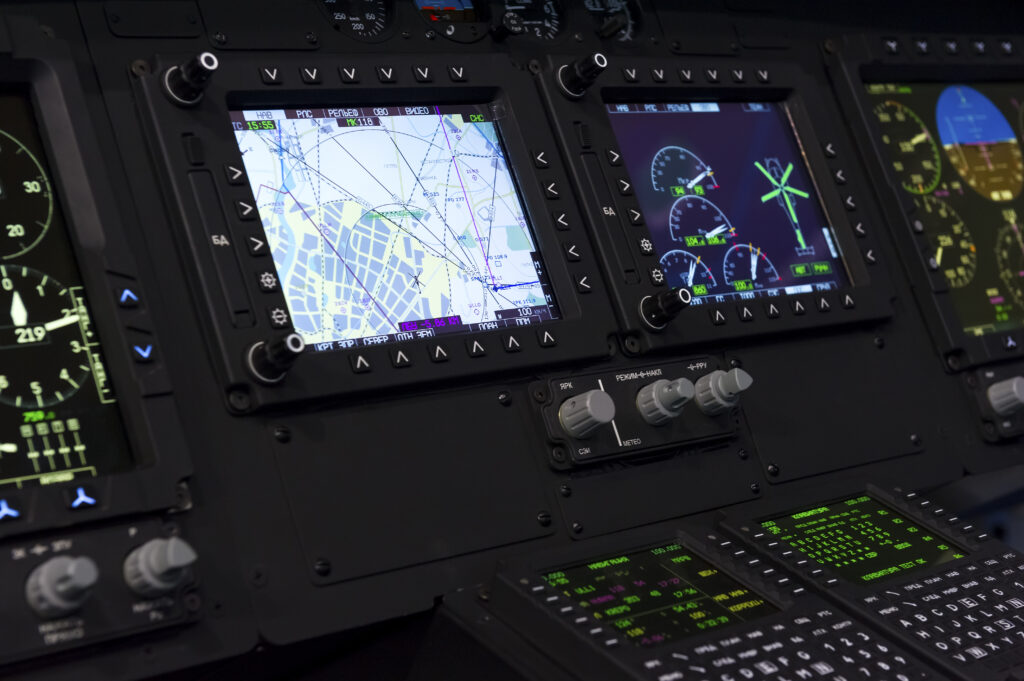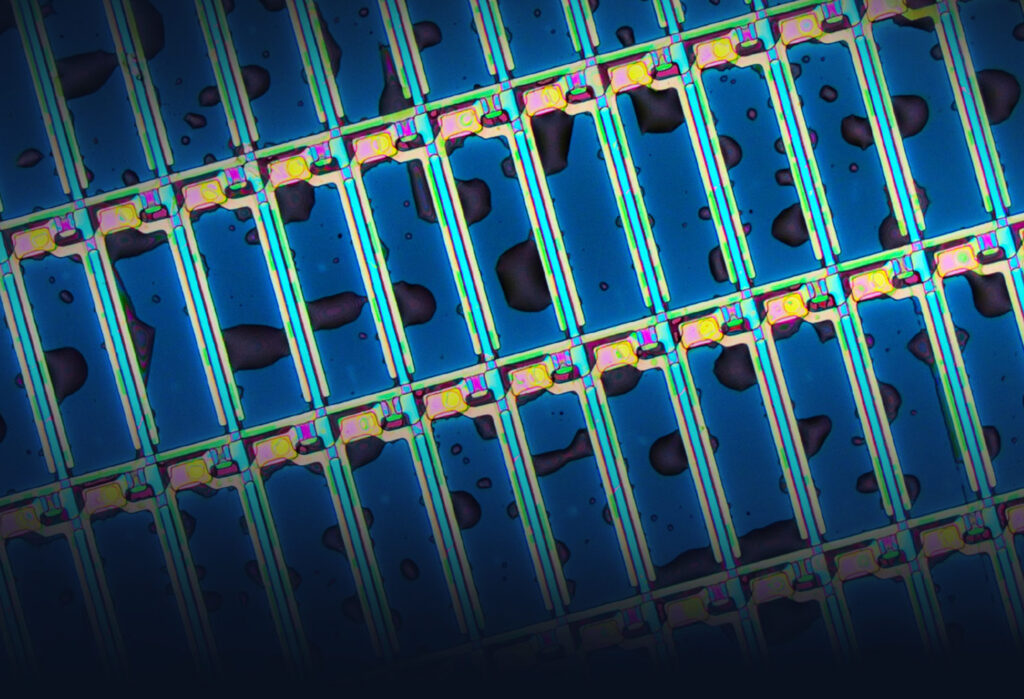Rugged Displays have evolved over time to accommodate the amount of data required for today’s warfighting, resulting in the technology we have today. We increasingly need a dynamic user interface to supply valuable information, such as maps, terrain data, weather detection, communications, and many more.
The Transition from CRT to LCD
Cathode-ray tube (CRT) technology was used for the earliest rugged displays. Early thin-film transistor liquid crystal displays (LCDs) offered numerous advantages over cathode ray tube displays (CRTs), including reduced size, weight, and power consumption. Initially used in World War II, CRT technology was bulky and required significant power.
In the 1960s, the first LCD was built. Electronics across all industries were transformed by these displays after they became commercially available in the 1970s.
Until the 1990s, most military and aerospace displays used CRT technology. In 1997 and 1998, users of command, control, communications, computers, and intelligence (C4I) systems began to utilize large-format LCDs.
Benefits of the LCD
LCDs were thinner and lighter than CRTs, allowing for more functionality in various military and aerospace applications; additionally, they were power efficient, which was especially critical in situations where military equipment was being powered by batteries or generators. The new advancement was more durable, resistant to shock and vibration, and could withstand rough handling better than previous models.
Rugged displays became widely used in military and aerospace applications in the latter half of the 20th century. Their use was widespread in vehicles, aircraft, and machinery, providing critical information to operators.
Advancements in Displays
Over time, rugged display technology continued to evolve. The screen resolution was improved, touch functionality was added, sunlight readability was enhanced, and water, dust, and extreme temperature resistance was improved. LCD displays have developed over the years to include high-resolution, offer multi-touch screen options, and offer sunlight readability. Many modern features are included in rugged displays today, including enhanced pointing devices, gesture support and biometric authentication.
Innovation for LCD displays for use in the military continues to advance due to increasing demand for functionality, awareness, communication, and durability.

Cevians Rugged Displays
As a top provider of Rugged Displays, Cevians offers a variety of MIL-STD-810-compliant rugged displays for military ground and airborne applications. A Cevians rugged system typically consists of a power supply system, signal conditioning, electromagnetic interference protection, multi-standard video interfaces, touchscreen and controllers, embedded display controls, LED backlight drivers, heater controls, and any required firmware.
View Cevians Rugged Display product offerings.

